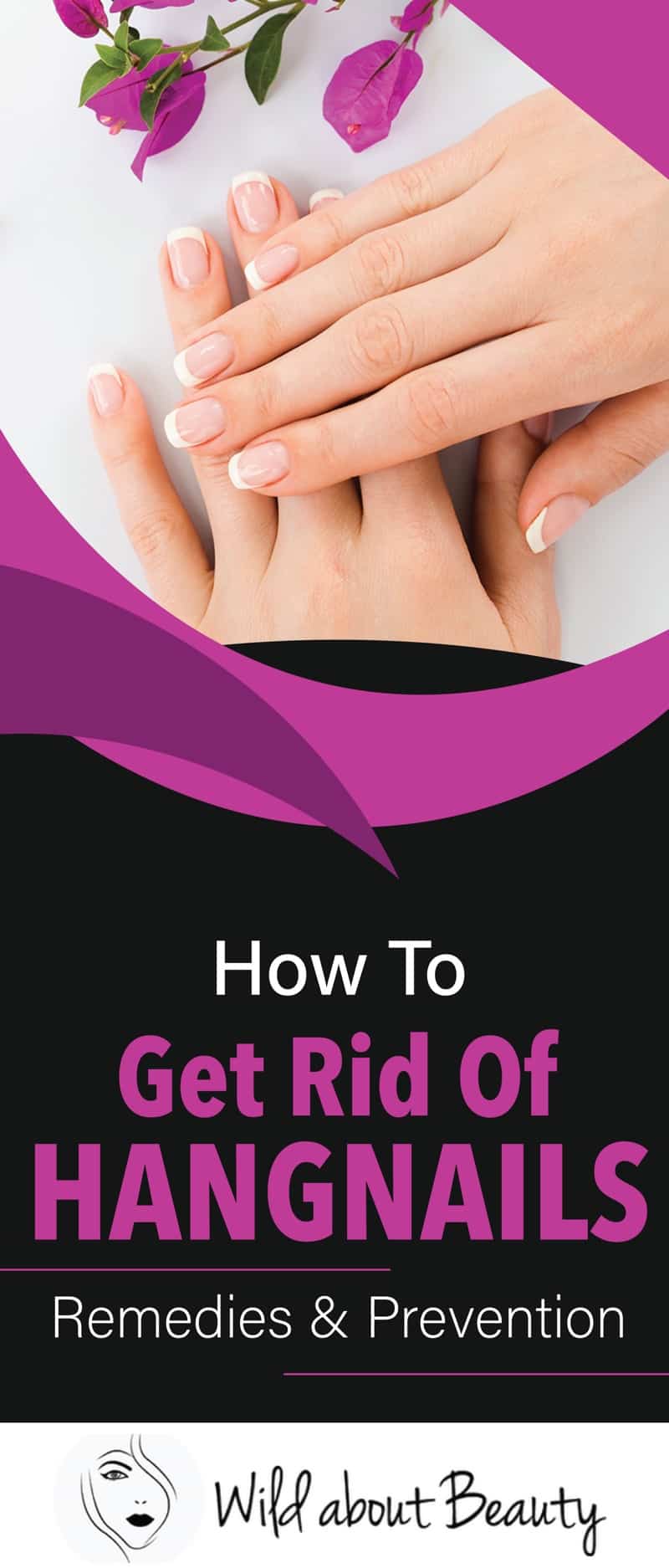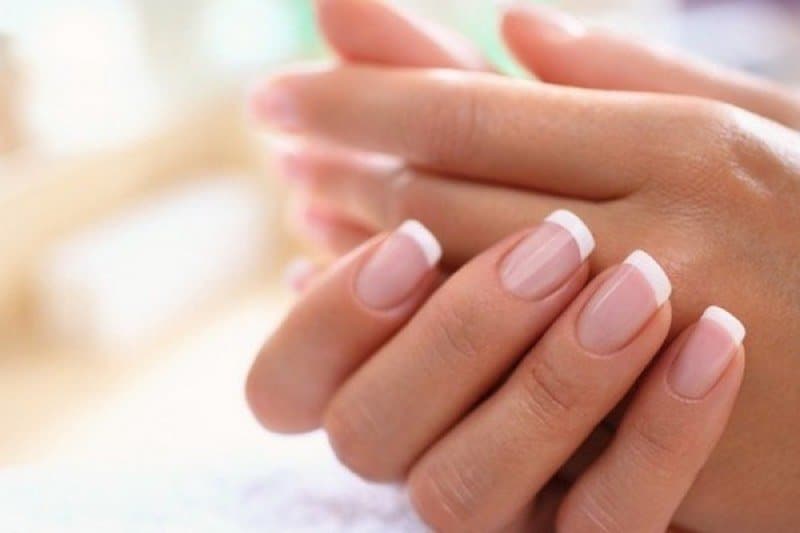Hangnails might seem like a trivial issue, but they are a common skin condition that can cause discomfort and even pain. We often find these tiny strips of skin tearing away from our nail beds, particularly when our skin is parched or undernourished. Factors such as the frequent use of harsh soaps or nail biting can exacerbate this condition, but it can also be an indicator of a deeper nutritional deficiency.
We need to understand the proper way to address hangnails to prevent further complications. While the inclination might be to pull or bite them off, this approach can lead to inflammation, swelling, and a higher risk of infection. Knowing how to care for hangnails involves both treatment and prevention strategies to maintain the health of our skin and nails.
Chapter Overview
What Causes Hangnails?
Dry skin intensifies during cold climates, increasing our susceptibility to hangnails. Exposure to harsh soaps, water, and low temperatures can cause trauma to the skin surrounding our nails, leading to these annoying slivers. Hangnails can invite unwelcome guests such as bacteria and fungi, possibly escalating to nail infections like paronychia. Moreover, nutrient deficits, specifically iron, may contribute to hangnail formation. Habitual actions such as nail-biting or cuticle-picking exacerbate the risk, sometimes resulting in eczema or infections.
When Do Hangnails Appear?
- Winter: We observe an increase in hangnails as cold weather prevails.
- Cold Temperatures: The drop in temperature can lead to drier skin around our nails.
- Dry Air: In cold months, we are likely exposed to heated indoor air, which may contribute to skin dryness.
- Chlorinated Pool: Regular exposure to chlorinated water can exacerbate the condition.
- Occupations: Jobs requiring frequent hand washing or chemical use may increase hangnail occurrences.
What Are The Symptoms Of Hangnails?
When we experience a hangnail, various symptoms may manifest due to the sensitivity of the area affected. Key symptoms include:
- Pain: Noticable discomfort around impacted nails.
- Tenderness: Tender to the touch, indicating the presence of nerve endings in the area.
- Swelling: Puffiness surrounding the nail, often due to inflammation or an immune response.
- Redness: A common indicator of irritation or inflammation in the nail bed.
- Dry Skin: Around nail edges, leading to a higher likelihood of torn skin.
- Torn Skin: Excess skin that may lift away from the nail, causing a hangnail.
- Pus: In cases of infection, pus or fluid may accumulate under the skin.
- Warmth: A sensation of heat may occur if an infection develops.
- Torn Skin: Excess skin that may lift away from the nail, causing a hangnail.
- Discoloration: Any change in skin or nail color can be a sign of underlying issues.
- Abscess: An accumulation of pus caused by bacterial infection, typically painful and warm to the touch.
Is There a Quick Fix?
Attempting a “quick fix” for an infected hangnail can lead to further complications. Instead, we must carefully treat it with proper steps:
- Cleanse: Gently wash the area with soap and water.
- Apply Ointment: Utilize an antibiotic or antibacterial ointment to prevent infection.
- Bandage: Cover the area with a sterile bandage to keep it clean.
- Avoid biting or tearing at the skin.
This method helps us manage symptoms and supports healing without exacerbating the issue.
Remedies for Hangnails

Water and Oil Soak
We recommend a simple yet effective treatment involving a water and oil soak to alleviate hangnails. To employ this method, follow these steps:
- Prepare a bowl filled with warm water, adding a few drops of olive oil or castor oil.
- Submerge your fingers for 10 to 15 minutes. This helps to soften the hangnail, making it easier to trim without pulling.
- Once softened, dry your hands thoroughly.
- Use a sterilized cuticle nipper to carefully trim the hangnail. Cut at the base and avoid removing excess skin to prevent pain.
- Following the trim, apply an antibacterial ointment to protect against infections.
- If the area is particularly tender, secure it with a band-aid to prevent further irritation.
- To aid healing, nourish the skin with vitamin E oil multiple times daily. Each time your hands are washed, ensure to moisturize. Alternatives like petroleum jelly, olive oil, or coconut oil are also beneficial for maintaining skin hydration and promoting recovery.
Consistent application of these moisturizers plays a crucial role in the healing process, and adopting this regimen will lead to healthier cuticles and prevent future hangnail complications.
How To Care For Your Fingernails and Prevent Hangnails
Preventing Hangnails:
- Wear gloves during cold months or when engaging in activities rough on the hands, like dishwashing and gardening.
- Resist the urge to cut cuticles; instead, soak in warm water and gently push back with a stick post-shower or bath.
- Apply cuticle oil regularly to moisturize prone areas.
- Steer clear of acetone-based nail polish removers to maintain skin hydration.
Nail Care Best Practices:
- To deter nail biting, opt for a bitter-tasting nail polish.
- Always keep nails clean and trimmed with sterilized nail scissors or clippers.
- After hand washing or using hand sanitizer, replenish moisture with hand cream or lotion.
Moisturizing Tips:
- Use a deeply nourishing hand cream consistently to avoid dryness.
- For a home remedy, consider petroleum jelly to maintain skin’s moisture barrier.
- Limit exposure to harsh chemicals by reducing the use of acetone products where possible.
Should You Check with a Doctor?
When facing hangnail infections, we must consult a medical professional. These infections can escalate if not managed promptly. Here’s a guide to understanding when to seek medical help:
- Initial Treatment:
- Apply home ointments for one week.
- If no improvement, it’s important to contact a healthcare provider.
- Oral Antibiotics:
- Necessary if prescribed by a doctor for severe infections.
- Signs to Watch:
- Spread of infection to other body parts.
- Nail discoloration indicates a worsening condition.
In the case of diabetes or other conditions that can impair healing, professional guidance is more immediate. We must never self-administer oral antibiotics without a doctor’s prescription.

